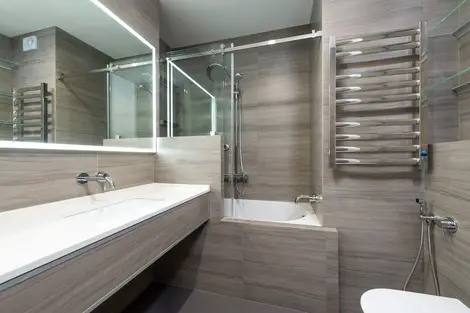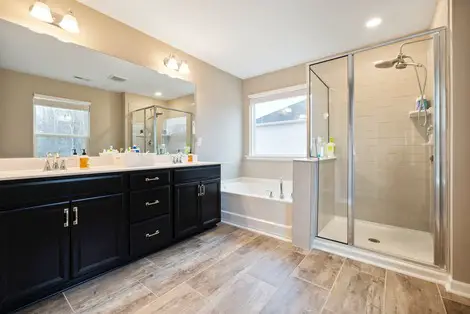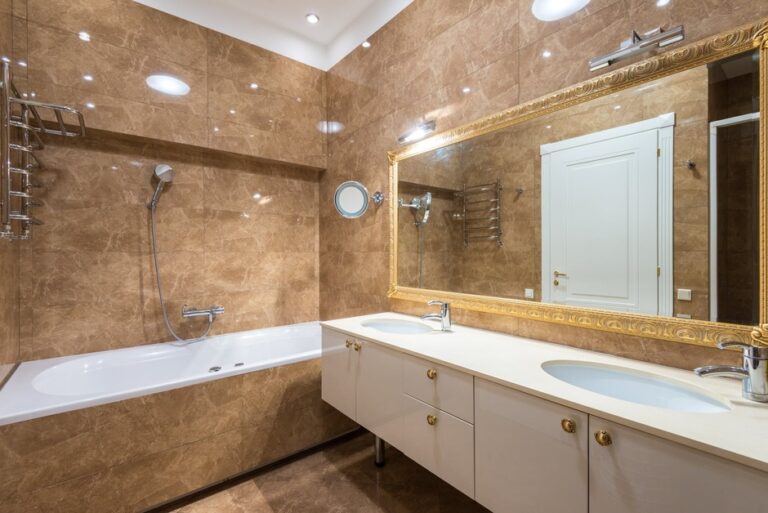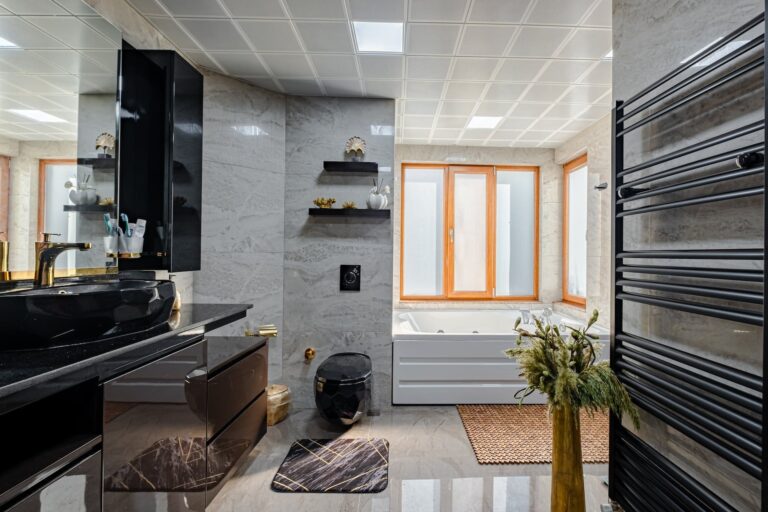A well-thought-out plan is essential for a bathroom remodel to turn out the way you want it to. Taking the time to carefully plan and consider your options will increase the chances of a successful and satisfying bathroom renovation. Here’s a comprehensive guide to help you plan your bathroom remodel:
Assess Your Needs:
Research Costs:



When relevant, include accessibility elements in the design. These could involve the addition of handrails, slip-resistant surfaces, and showers with step-free entry.
Permits and Regulations for Bathtub Remodeling:

In conclusion, in this article we’ve given tips on how how to plan your bathroom remodel. If you strategically organize your bathroom renovation, you establish the groundwork for a more seamless and prosperous restroom remodeling project. Every stage, from clarifying your objectives to choosing restroom materials and collaborating with experts, is vital in attaining your ideal restroom. Maintain open lines of communication, be adaptable when necessary, and embrace the process of turning your washroom into a functional and visually pleasing space.
Ready for a Transformed Bathroom?
Contact Us at 888-229-4296.
